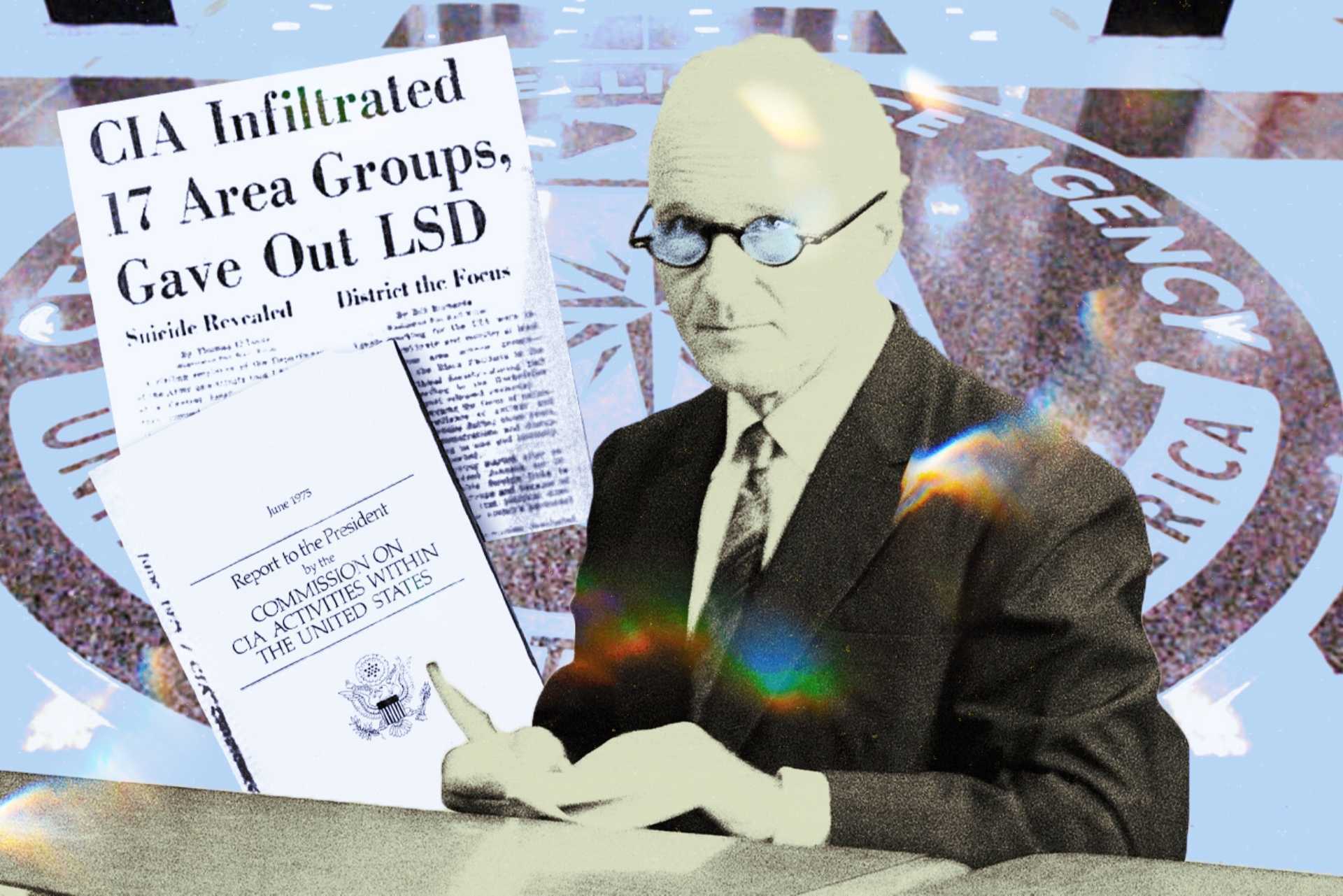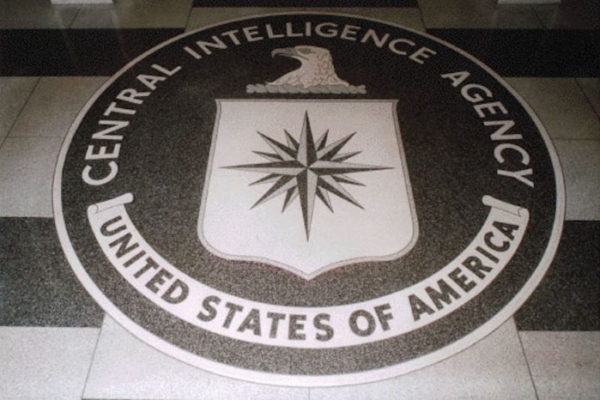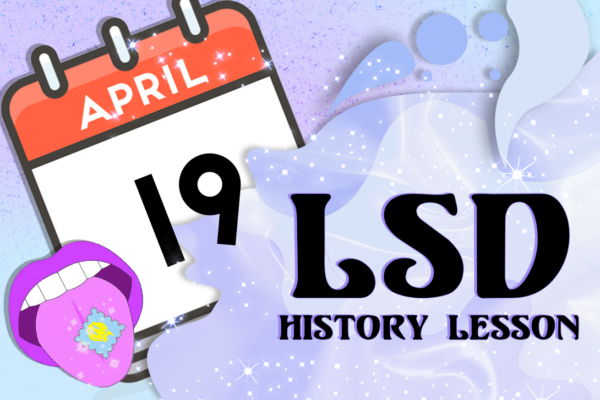
At the height of the Cold War in 1953, a little-known branch of the Central Intelligence Agency known as MKULTRA kicked off an extensive exploration into mind control and psychoactive drugs. While the greater public was largely unaware of this covert operation, it nonetheless had a vast influence on pop culture—from counterculture to psychonautic explorations—and may even have inspired trends that still remain today. In particular, its acquisition and experimental use of lysergic acid diethylamide (LSD) has been well documented over the decades; however, few know exactly why or how they conducted their studies with such a powerful psychedelic compound. Today, we will explore “Poisoner In Chief,” detailing the CIA’s secret quest for mind control with LSD during their notorious MKULTRA program, psychedelics as tools for belief transmission and revisit the history of some infamous psychedelic cults.

Fearing that the Soviets had developed a mind-controlling drug or technique, the CIA initiated MKULTRA – a covert program to develop their own form of mental manipulation. With an aim to create a weaponized version of this agent, they sought out ways to control human minds in order combat against any communist threats during the Cold War era.
From the 1950s until the early 1960s, MKULTRA was a clandestine program headed by chemist Sidney Gottlieb.
During Gottlieb’s tenure, the CIA gave LSD to unknowing participants in experiments, made attempts to fabricate an infallible truth serum and conducted futile research into creating a killer without conscience or implanting artificial memories. According to Investigative Journalist, Tim O’Neil, who ties MKULTRA to the Charles Manson’s murders, the research wasn’t as futile as it may look, however, we’ll discuss this separately.
After spending multiple years investigating the operation, Stephen Kinzer – author of “Poisoner In Chief: Sidney Gottlieb and the CIA Search for Mind Control” – labeled it as “the most sustained search in history for techniques of mind control”.
Gottlieb’s experiments on unsuspecting participants were funded at universities and research centers, as well as American prisons, detention centers in Japan, Germany and the Philippines. Per Kinzer’s revelations after extensive investigation into his work, many of these individuals endured extreme psychological torture such as electroshock therapy or high doses of LSD.
“Gottlieb wanted to create a way to seize control of people’s minds, and he realized it was a two-part process,” Kinzer says. “First, you had to blast away the existing mind. Second, you had to find a way to insert a new mind into that resulting void. We didn’t get too far on number two, but he did a lot of work on number one.”
Uncovering the CIA’s Role in Spreading LSD Across America

For most readers of Psychedelic Spotlight, the name Albert Hoffman may ring a bell – after all, he is the chemist who famously created LSD.
In the beautiful city of Basel, Switzerland and only a year before war was to break once more upon the world, Albert Hoffman, unknown chemist at the time, worked for Sandoz Laboratories. It was in 1938 that he first synthesized LSD.
Read: The History of LSD: A Story of Self-Experimentation
But how did LSD reach America? According to Kinzer, it all links back to MKULTRA.
In an effort to find compounds that could manipulate the human mind, CIA scientists stumbled across LSD and it soon became a major focus for MKULTRA’s first directors. Sidney Gottlieb – who headed up MKULTRA during its inception – can be considered responsible for introducing LSD into America’s culture which eventually birthed the impactful counterculture movement.
Prior to introducing LSD in the US, Gottlieb conducted extensive research on other psychedelics like mescaline.
Inspired by the discoveries of Nazi ‘doctors’ during World War II, Gottlieb chose to consider further research into hallucinogenic drugs and assemble a team comprised of both German scientists and their Japanese peer researchers. It was soon discovered that military physicians from Dachau and Auschwitz had been using barbiturates, morphine derivatives, and mescaline since 1943 for interrogation purposes as part of the MKULTRA program.
Gottlieb was particularly intrigued by mescaline, which had been tested at Dachau with the goal of subduing a person’s will. Nevertheless, it was ultimately determined that mescaline was too inconsistent to be used as a truth serum. Oftentimes, it would work and other times not so much — rendering its reliability quite uncertain.
Thus, the Swiss psychedelic emerged as the coveted drug of choice.
Completely convinced by the potential of LSD, Gottlieb purchased the entire world’s supply for a whopping $250,000—a move that thwarted Communist attempts to acquire it. Nowadays, this is equivalent to approximately $313 million USD. Consequently, this allowed Kinzer to dub him as ‘Godfather of the LSD subculture’ in America.
In the United States, he started to circulate LSD amongst medical facilities, correctional establishments and other organizations through fraudulent charities. He wanted them to conduct investigations into what LSD was about and how it affected people as a means of mind control manipulation.
It is astonishing that the very drug meant to empower the government with mind-controlling capabilities ended up sparking a generational revolution against everything the CIA believed in and is researched today as a potential treatment for depression, anxiety and other debilitating illnesses.
Psychedelics as Tools for Belief Transmission – A Note of Caution
Anthropologists have noted the ability of psychedelics to create and reinforce social connections between people. Indigenous communities of the Western Amazon have long employed psychedelics for shamanic initiations and other rites of passage, allowing participants to access culturally prescribed visions – from encounters with supernatural entities to much more.
Research has found that psychedelics play an integral role in shaping beliefs and transmitting them. For centuries, anthropologists have noticed the power of psychedelics to advance belief transmission, enculturation and social unity. With the rekindled enthusiasm for psychedelics in Euro-American societies today this property has been highlighted even more significantly. The power of these substances to cultivate a sense of community has recently been recognized as an essential contributor to their healing effects.
We are living in a revolutionary period where psychedelics are gaining recognition for their potential to treat mental health issues such as depression, anxiety, PTSD and cluster headaches. Clinical studies and personal testimonies indicate that they have the power to surpass traditional medicine’s capabilities.
Unfortunately, accessing these drugs legally is quite difficult; thus, those searching for help or those who feel stuck by today’s mundane lifestyle may feel they must turn to any source possible. Although there are reputable retreats and trained specialists who have the patient’s best interests in mind, we should also be aware of potentially dangerous intentions from people with less honorable motives.
When used properly, psychedelics have the potential to effect positive change; however, in the wrong hands, they can lead to darker outcomes. By this, I mean cults and darker rituals. Users must remember to be vigilant when, where and with whom they take these substances because life is not all roses.
The ancient axiom of Abbot Bernard of Clairvaux rings true: “The road to Hell is paved with good intentions.” While looking for a sense of purpose or while suffering from severe mental case illnesses, we are fragile. These are usually the times when we fall into a trap. History has thaught us exactly that.
Psychedelic Cults in History
Cult leaders are often power-hungry and have no qualms about manipulating their followers. One of the most extreme ways they gain control is by forming drug cults, fueled by psychedelic substances such as LSD.
These substances already place individuals in a fragile state – and when users are guided by an individual with murderous intentions or delusional aspirations, matters can get out of control swiftly. Unfortunate, scenarios such as cult murders may even arise from this kind of situation.
From the infamous Charles Manson to the seldom-discussed Antares of the Light, these acid cults took drug consumption to an unprecedented and terrifying level.
- Charles Manson Used LSD To Brainwash The Family
- The Aum Shinrikyo Doomsday Acid Cult Released Sarin Gas In The Tokyo Subway
- Ricky Kasso And His Burnout Cult Committed A Satanic Mur
- Hamilton-Byrne Injected Children With LSD
As we strive to advance the psychedelic revolution, it is easy to only look for and disseminate positive news. From policy changes toward decriminalization and legalization of psychedelics all the way through successful clinical trials – looking at life with pink colored lenses may create a narrow perspective that can cloud our judgement when it comes to the use of psychedelics. One should not forget that these are powerful substances which, in the wrong hands, may the detrimental to someone’s safety. As human beings who aim to push for the betterment of society, our duty is learn from history and to always caution safe and responsible use.





